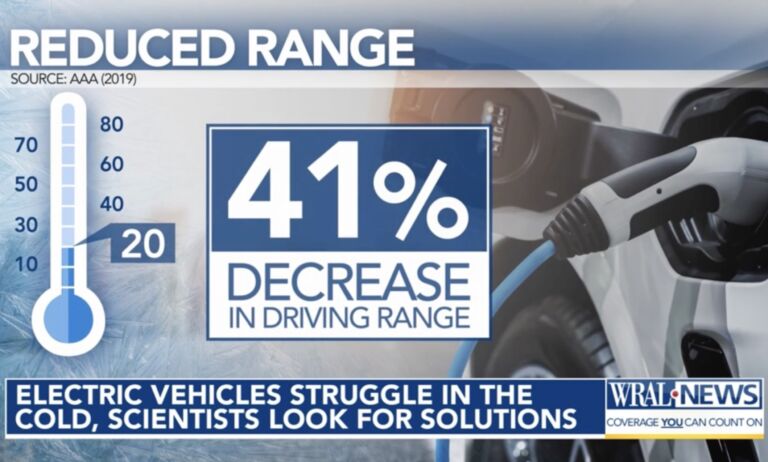Thomas Donlan of Barron’s has yet to be convinced that the federal government has a good reason to block the proposed merger between US Airways and American Airlines.
Is there something in the air? Something smells in the U.S. Justice Department and its Antitrust Division: A squadron of lawyers has decided that it knows the right price for airline tickets and the right number of airlines to sell them.
To start, there is no right price, except the price that an airline will charge at a given moment and the price that a passenger will pay at that moment. All airlines spend lots of computer time and analytical effort adjusting prices to extract the maximum revenues from their customers. Fares change constantly, so much so that two unrelated people on the same flight can assume they did not pay the same fare.
But here’s what William J. Baer, chief of the Antitrust Division, said last week in announcing his lawsuit to block a merger between American Airlines and US Airways:
“It looks pretty bad for consumers.” It could cost them “hundreds and hundreds of millions of dollars,” he said, failing to mention that revenues of the five biggest U.S. airlines are nearly $100 billion a year.
The merged airline would be the world’s largest, and in the Justice Department’s paranoid world, that means it would have power to set prices in many markets, and it would set those prices higher than they would be able to charge absent the merger.
The government says it measured increases in airline prices that followed other mergers. Of course, those mergers—including Delta with Northwest, United with Continental and Southwest with AirTran—were approved by the government, though perhaps not using the same standard that it’s applying in the American-US Airways case.
Justice should be blind, but it should not be inconsistent.
The antitrust case against the two airlines holds that consumers need structural protection from airlines that are rapacious, highly profitable, and recently bankrupt. The Justice Department fears that if the number of major airlines shrinks from five to four, they will all become much too profitable, bringing an interesting conclusion to decades of losses and bankruptcies in the industry, during which there were many mergers that did not stem the tide of losses.
Maybe the airlines wouldn’t be in such continual financial trouble if the federal government would allow them to operate efficiently and charge what the traffic will bear.


